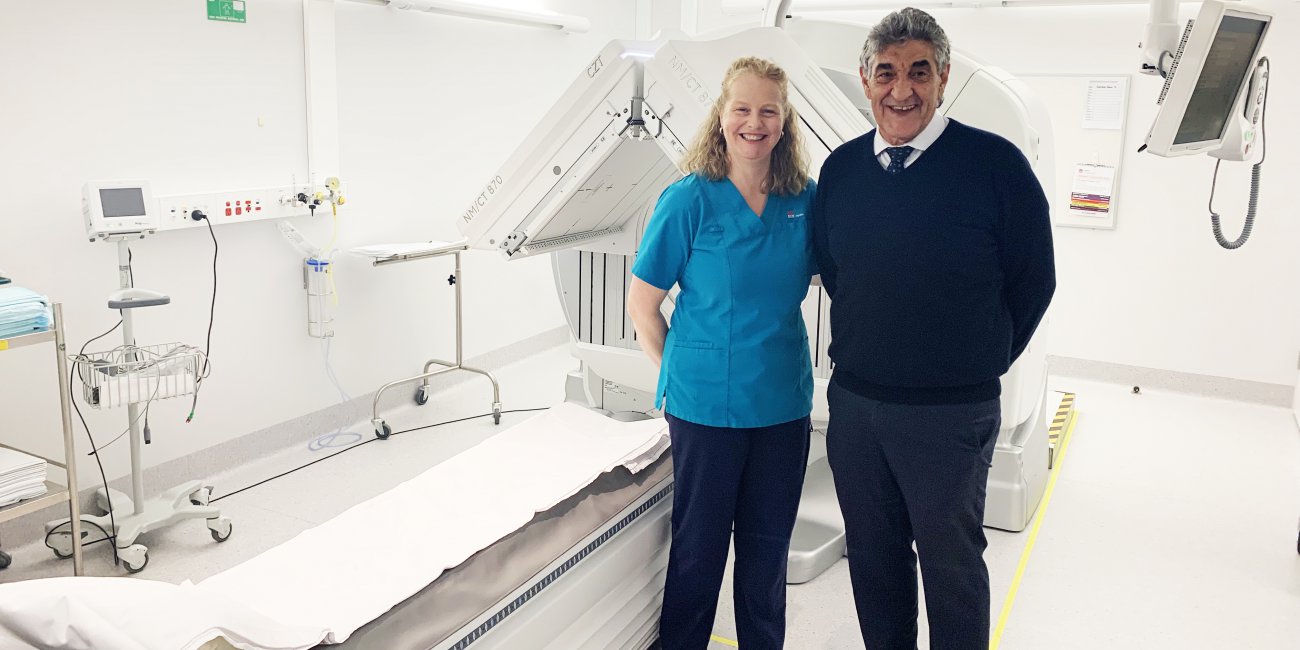Wollongong Hospital leads the way in Nuclear Medicine with Australia’s first digital gamma camera

Wollongong Hospital is now home to Australia’s first digital gamma camera, and nuclear medicine patients will soon benefit from faster scans at lower radiation doses.
Director of Nuclear Medicine Associate Professor Barry Elison said the first patients were scanned with the state-of-the-art equipment last week, and already the feedback has been positive.
“We are thrilled that Wollongong Hospital is the first in Australia to have access to this brilliant technology,” he said.
“This new digital equipment allows us to complete the studies much quicker, with scans that might have previously taken 15 minutes completed in just four to five minutes,
“Not only is this more convenient for the patient, it means we can perform more studies on a daily basis, so patients get their results faster and treatment can commence sooner.”
A gamma camera detects and makes images from the small amounts of ionising radiation emitted from patients having a nuclear medicine study. The new $1.3 million digital gamma camera replaces existing equipment that has come to the end of its useable life.
Scans completed with a digital gamma camera require significantly less radiation doses than other technologies.
“In some cases we are using up to 75 per cent less radiation than we did previously, and whilst these scans are very safe, it’s always best to limit the amount of radiation we are exposed to,” Prof Elison said.
He added that the new equipment also allowed other previously unavailable studies to be provided at Wollongong Hospital at no extra cost.
“We can now include additional diagnostic information, such as Calcium scoring for cardiac studies, which can provide incredibly useful information to our referring doctors and their patients” Prof Elison said.
